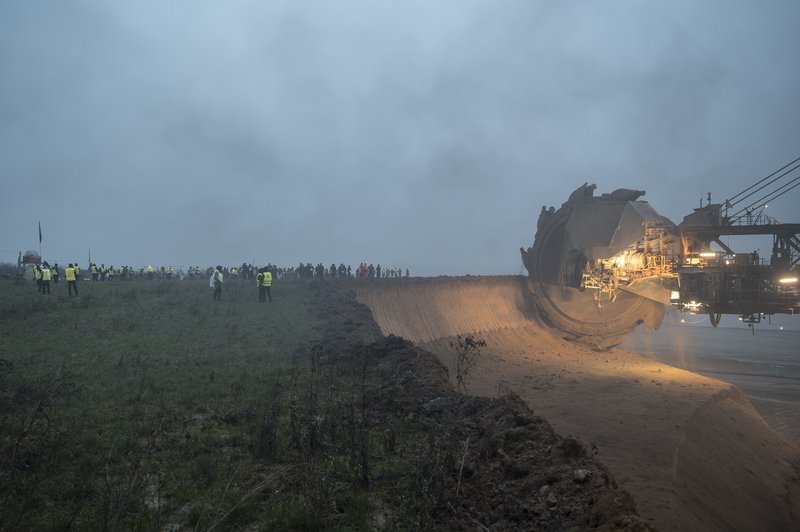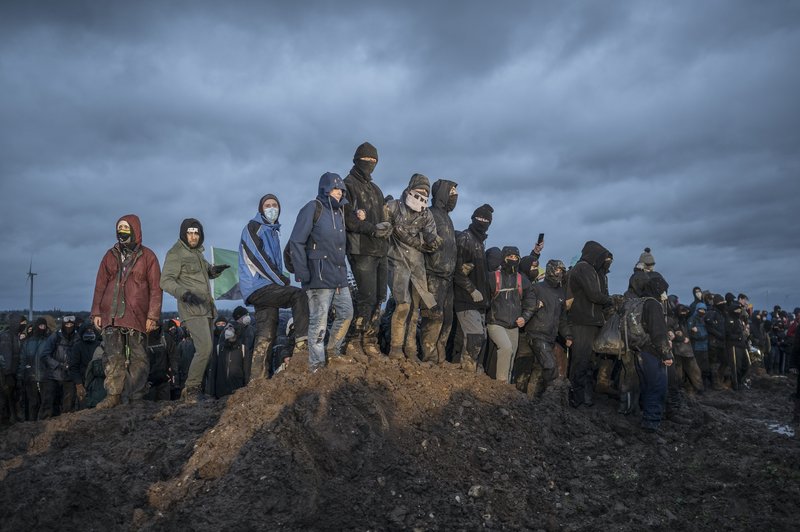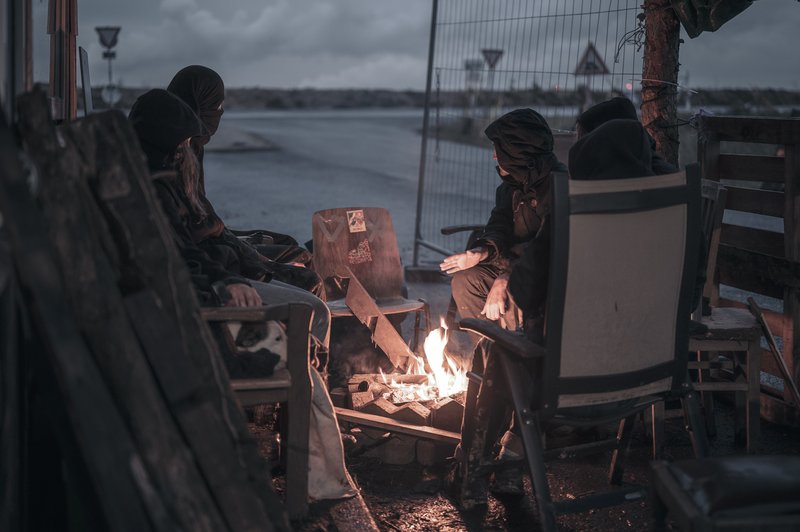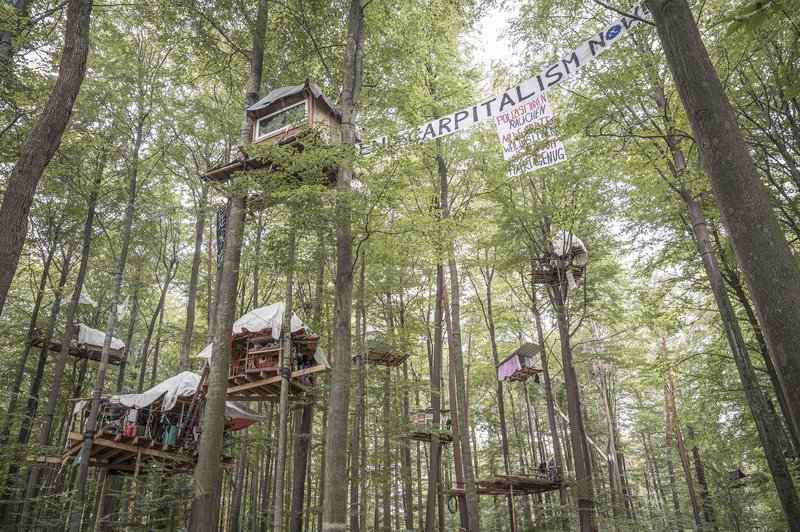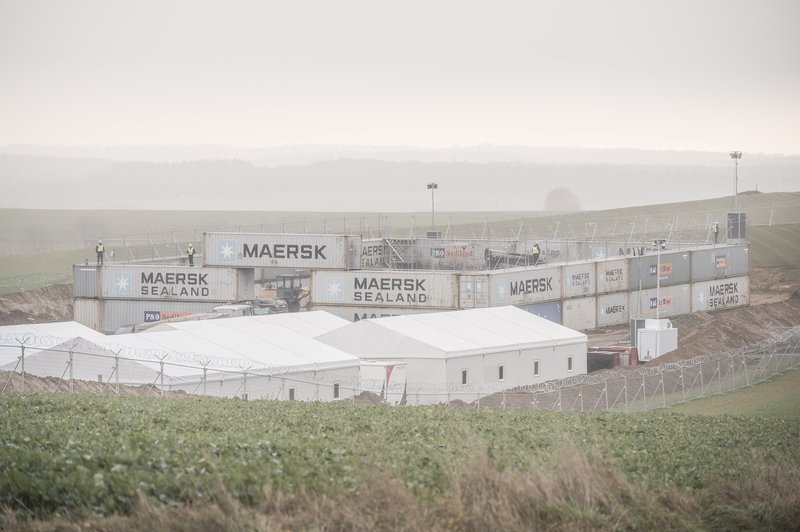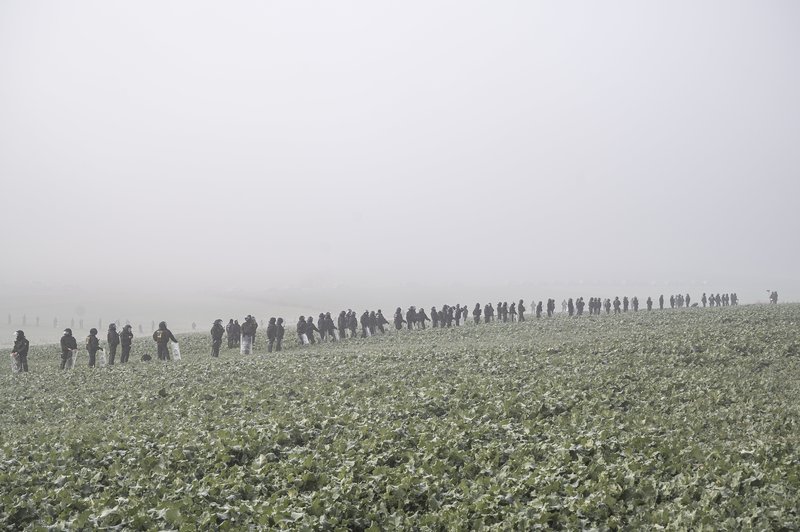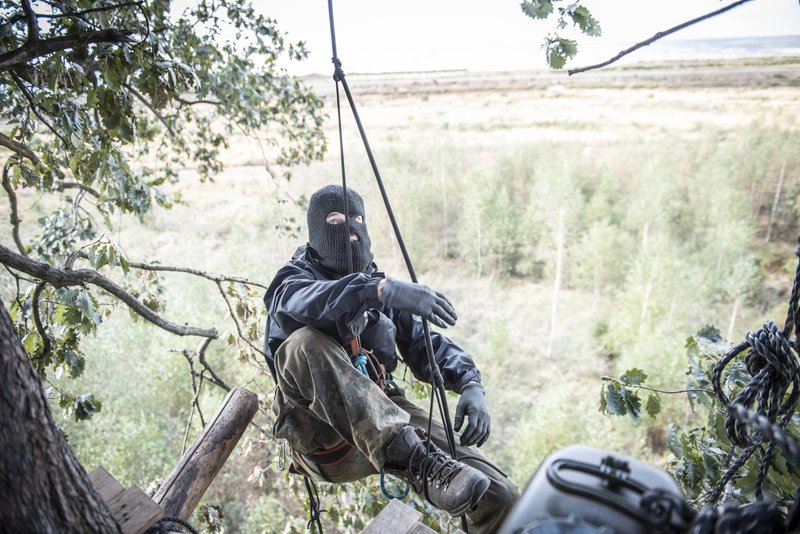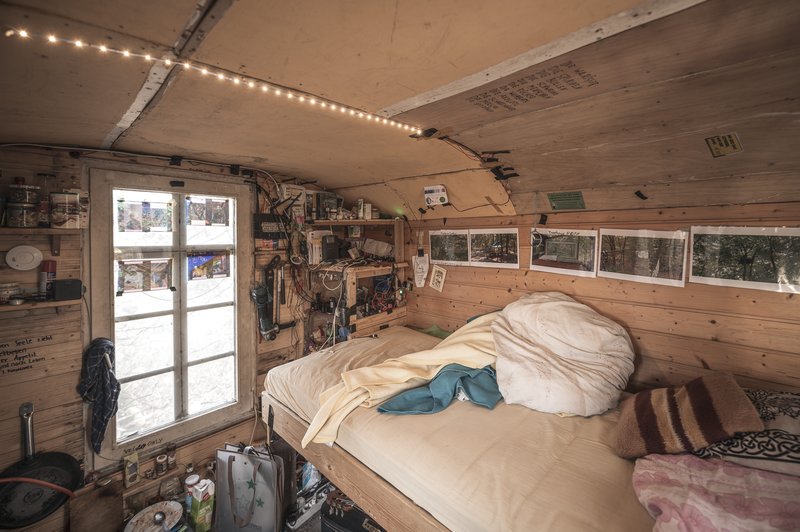Finalist: Social Movements for 1.5 Degree
Social Movements for 1.5 Degree
Grassroot movements for climate justice, with a focus on the protests against lignite mining, where forest- and mine-occupations became popular.
Germany is often regarded as a pioneer in renewable energies, while the climate-damaging energy source lignite makes up a quarter of the German electricity mix. The photo series shows various grassroots movements for climate justice in Germany since 2015. The focus is on the protests against lignite mining, where the forest occupation as a form of action has become increasingly important in recent years. Starting with the so-called "Ende-Gelände" protests, in which activists occupied coal mines, from 2015 onwards, coal mining became a public issue. With the occupation and eviction of Hambach Forest in 2018, the movement also gained worldwide attention.
This was followed by many small forest occupations all over Germany. The occupation of the Dannenröder Forest in 2020 against the construction of the A49 highway was especially spectacular. At the beginning of 2023, the movement returned to Lützerath (where the first "Ende-Gelände" actions started in 2015) and tried to prevent the clearing of the small village for the Garzweiler open-cast mine.
In all three of these occupations, Hambach Forest, Dannenröder Forest and Lützerath, activists have built large settlements consisting of dozens of tree houses and built communities. Their goal is to prevent the clearing of the forest or the dismantling of the site. The activists created their own architecture of resistance, which is based on earlier occupations of squares and hut villages. In this way, they turned the sites into symbols of resistance against the exploitation of fossil resources and created the possibility to physically block this machinery in the places and engage against the climate crisis. The occupations became centers of the radical environmental movement in Germany. They are points of intervention that have been chosen intentionally to demand social change and compliance with the 1.5-degree limit through civil disobedience.
It is a larger story that repeats itself in different places with similar narratives and still belongs together across the country. The photo series tries to capture this.
Social Movements for 1.5 Degree
Grassroot movements for climate justice, with a focus on the protests against lignite mining, where forest- and mine-occupations became popular.
Germany is often regarded as a pioneer in renewable energies, while the climate-damaging energy source lignite makes up a quarter of the German electricity mix. The photo series shows various grassroots movements for climate justice in Germany since 2015. The focus is on the protests against lignite mining, where the forest occupation as a form of action has become increasingly important in recent years. Starting with the so-called "Ende-Gelände" protests, in which activists occupied coal mines, from 2015 onwards, coal mining became a public issue. With the occupation and eviction of Hambach Forest in 2018, the movement also gained worldwide attention.
This was followed by many small forest occupations all over Germany. The occupation of the Dannenröder Forest in 2020 against the construction of the A49 highway was especially spectacular. At the beginning of 2023, the movement returned to Lützerath (where the first "Ende-Gelände" actions started in 2015) and tried to prevent the clearing of the small village for the Garzweiler open-cast mine.
In all three of these occupations, Hambach Forest, Dannenröder Forest and Lützerath, activists have built large settlements consisting of dozens of tree houses and built communities. Their goal is to prevent the clearing of the forest or the dismantling of the site. The activists created their own architecture of resistance, which is based on earlier occupations of squares and hut villages. In this way, they turned the sites into symbols of resistance against the exploitation of fossil resources and created the possibility to physically block this machinery in the places and engage against the climate crisis. The occupations became centers of the radical environmental movement in Germany. They are points of intervention that have been chosen intentionally to demand social change and compliance with the 1.5-degree limit through civil disobedience.
It is a larger story that repeats itself in different places with similar narratives and still belongs together across the country. The photo series tries to capture this.
